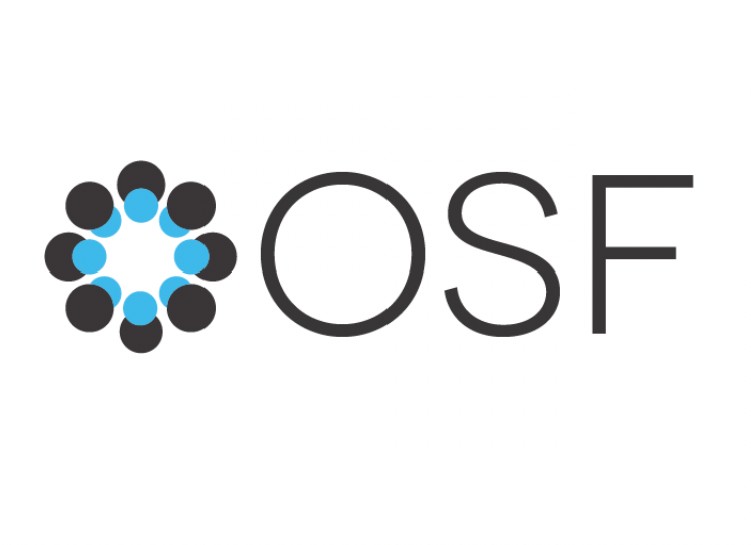The researchers collected over 400 million English-language tweets related to COVID-19 using more than 100 pertinent keywords from February 6, 2020, to December 15, 2022, comparing vaccine-related tweets and corresponding accounts before vs. after the implementation of Twitter's interventions. We used a comparative interrupted time series analytic approach to compared the content of misinformative (>10% of tweets contain links to misinformative websites) to non-misinformative accounts.
They identified 7,084 misinformative accounts and 6,706,999 non-misinformative accounts. Misinformative accounts were 1.43 times more likely to persist (RR=1.43; 95% CI:1.41-1.45; P<0.001) and 30.16 times more likely to become more misinformative (RR=30.16; 95% CI: 28.48 - 31.95; P<0.001) compared to non-misinformative accounts. They did not detect a significant decrease in content from misinformative accounts (RR=0.03; 95% CI: 0.00 - 3.93; P=0.16) compared to pre-policy data; however, we did detect a significant decrease in content from non-misinformative accounts (RR=0.02; 95% CI: 0.00 - 0.32; P=0.005). They also did not detect a significant difference between these two groups (RR=1.48; 95% CI: 0.01 - 398.61; P=0.89).
They concluded that Twitter's vaccine misinformation removal policies do not appear to have been associated with a detectable reduction in content from misinformative, compared to non- misinformative, users or in more misinformative compared to less misinformative tweets.
Read the preprint in OSF.


